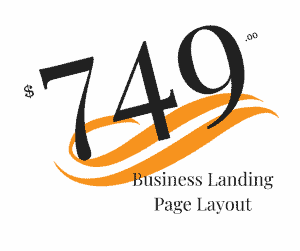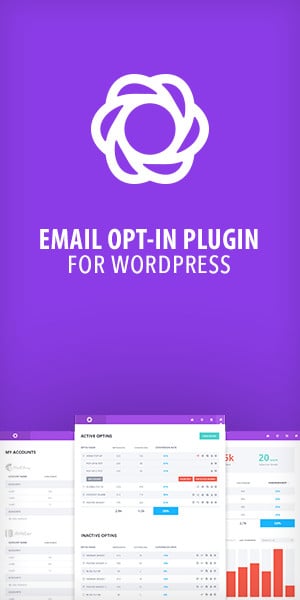Landing pages are crucial elements of digital marketing campaigns designed to convert visitors into leads or customers. A well-designed landing page can significantly impact conversion rates and the overall success of a marketing campaign. Here are some best practices to consider when designing your landing pages:
Clear and Compelling Headline
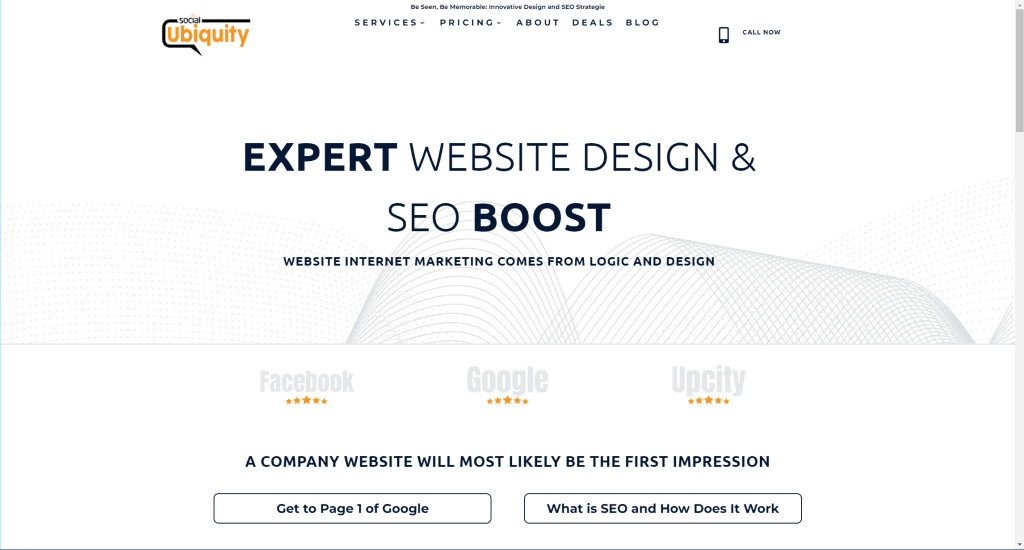
The headline is the first thing visitors see when they land on your page, so it needs to grab their attention and communicate the value proposition. Ensure your headline is concise, relevant, and highlights the primary benefit or offer.
Engaging Visuals
Visual elements such as images, videos, and graphics capture visitors’ attention and convey your message effectively. Use high-quality visuals relevant to your offer and resonate with your target audience.
Persuasive Copywriting
Craft compelling and persuasive copy that communicates the benefits of your product or service. Focus on addressing the visitor’s pain points and how your offer can solve their problems or fulfill their needs. Use concise and easy-to-understand language, and consider using bullet points or numbered lists to highlight key features or benefits.
Call-to-Action (CTA)
Your call-to-action is the primary action you want visitors to take on your landing page, whether signing up for a newsletter, downloading a resource, or purchasing. Ensure your CTA is prominently displayed, visually appealing, and communicates what action visitors should take next.
Form Optimization
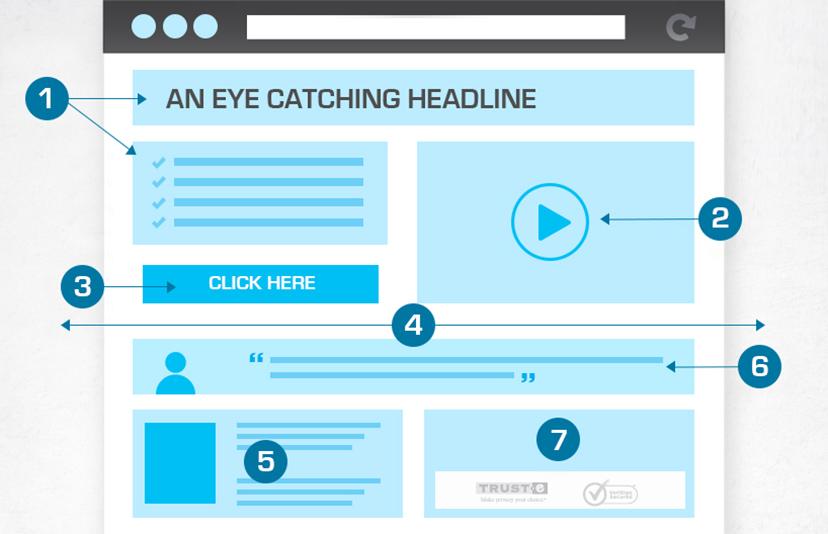
If your landing page includes a form, keep it short and simple to encourage conversions. Only ask for essential information that you need to follow up with leads, and consider using inline form fields or multi-step forms to reduce friction and improve usability.
Mobile Responsiveness
With the increasing use of mobile devices, ensuring that your landing pages are optimized for mobile viewing is essential. Use responsive design techniques to adapt your layout and content to different screen sizes, ensuring a seamless user experience across devices.
A/B Testing
Regularly test different elements of your landing pages, such as headlines, visuals, CTAs, and form layouts, to identify what resonates best with your audience and drives the highest conversions. A/B testing allows you to make data-driven decisions and continuously optimize your landing pages for better results.
Performance Tracking and Analytics
Track the performance of your landing pages using web analytics tools such as Google Analytics. Monitor key metrics such as conversion rate, bounce rate, and average time on page to gauge the effectiveness of your landing page design and identify areas for improvement.
Effective landing page design is essential for driving conversions and maximizing the ROI of your marketing efforts. By following these best practices and continually testing and optimizing your landing pages, you can create compelling and high-converting experiences that engage visitors and drive results.





